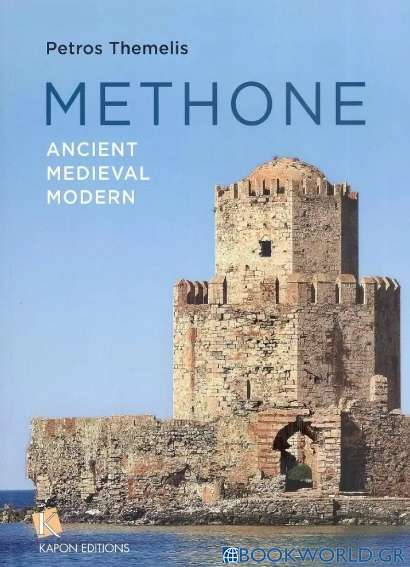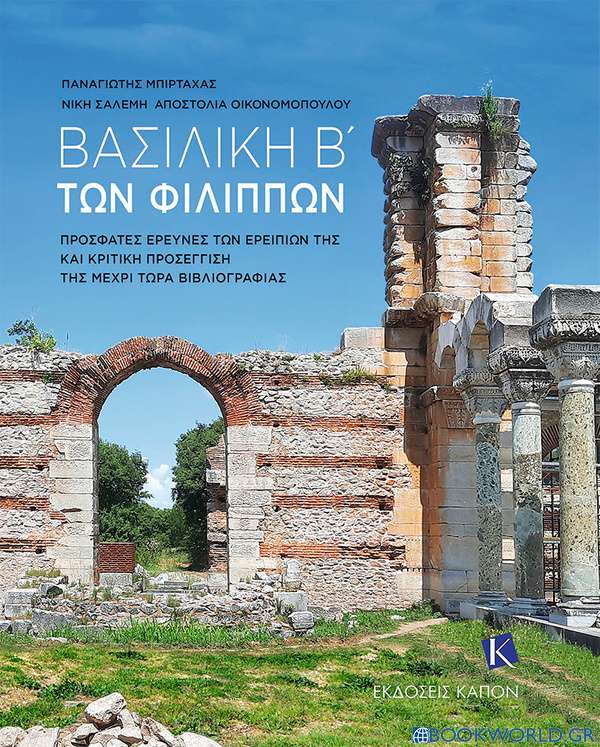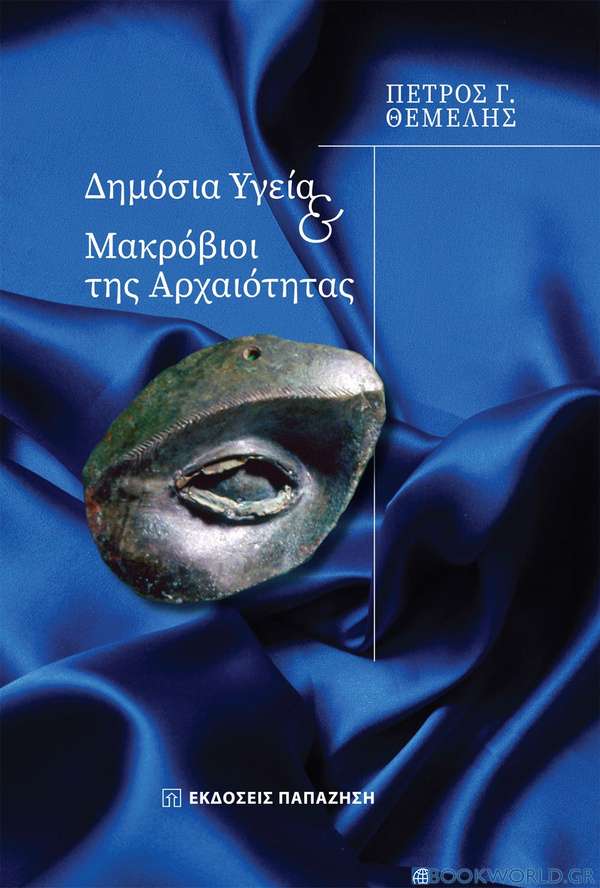Methone
The Middle Ages arguably constitute the golden age of the prominent fortress town of Methone. Its medieval magnificence is reflected in the strong fortification walls, built by the Venetians, who expelled the Frankish garrison of Geoffrey of Villehardouin in 1206, and took over the town three years later, following the signing of the Treaty of Sapientza in 1209. When the Venetians conquered Crete, Methone functioned as a bulwark of their colony in their competition with the Genoese. The fortress turned into a station on the way to the coasts of Asia and the Holy Land. Chroniclers of the West describe the Peloponnese as “L’ île de Modon” (Island of Methone). The significance of the fortress becomes evident in the note verbale of Doge A. Barbarigo in 1500 (after its capture by the Ottomans) to the Pope, the king of Spain and other princes: “we have lost the marvellous base for all ships sailing towards the East”. In the wake of the Naval Battle of Navarino, the liberating French troops of the commander-in-chief Maison, built a new town outside the walls. What survive today within the fortress are the ruins of Ottoman baths (hammam) and a minaret, underground cisterns, a gunpowder magazine and the church of the Transfiguration of the Saviour.
| Τίτλος βιβλίου: | Methone |
|---|
| Υπότιτλος βιβλίου: | Ancient. Medieval. Modern |
|---|
| Τίτλος πρωτότυπου: | Μεθώνη |
|---|
| Εκδότης: | Καπόν |
|---|
| Συντελεστές βιβλίου: | Θέμελης Πέτρος Γ. (Συγγραφέας)
|
|---|
| ISBN: | 9786182180044 | Εξώφυλλο βιβλίου: | Μαλακό |
|---|
| Στοιχεία έκδοσης: | Σεπτέμβριος 2022 | Διαστάσεις: | 27x22 |
|---|
| Κατηγορίες: | Ιστορία > Αρχαιολογία
Ιστορία > Ελληνική Ιστορία > Νεότερη Ελληνική Ιστορία |
|---|

Clavell, James
Ο James Clavell γεννήθηκε το 1924 στην Αγγλία και πέθανε το 1994 στη Στοκχόλμη. Σε ηλικία 16 χρονών κατατάχθηκε στο στρατό και πολέμησε στο Β΄ Παγκόσμιο Πόλεμο, όπου αιχμαλωτίστηκε από τους Ιάπωνες και οδηγήθηκε στη Σιγκαπούρη, στο στρατόπεδο αιχμαλώτων Changi Prison. Μετά το τέλος του πολέμου ο Clavell αφοσιώθηκε στη συγγραφή και στον κινηματογράφο. Τα βιβλία της περίφημης Ασιατικής Σάγκα, στην οποία περιλαμβάνεται και το "Σογκούν", γνώρισαν μεγάλη εμπορική επιτυχία και καταξίωση και μεταφέρθηκαν στον κινηματογράφο και στην τηλεόραση. Ο Clavell έγραψε επίσης το σενάριο για τις ταινίες "Η μύγα" και "Η μεγάλη απόδραση", ενώ ήταν ο σεναριογράφος και σκηνοθέτης της ταινίας "Στον κύριό μας με αγάπη", για την οποία τιμήθηκε με το Writers Guild Best Screenplay Award.


















